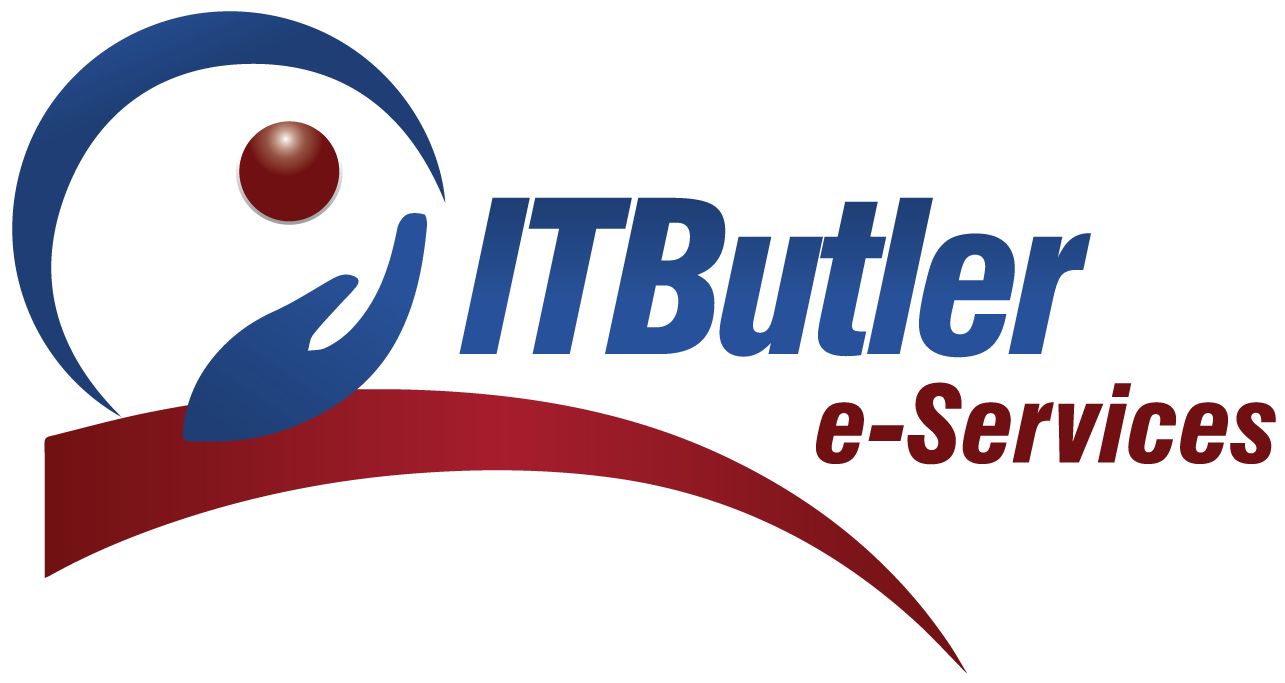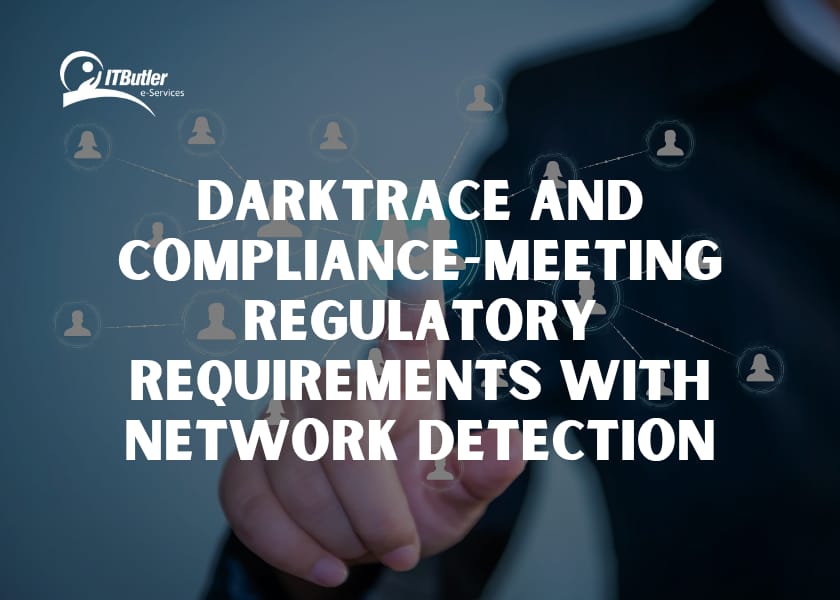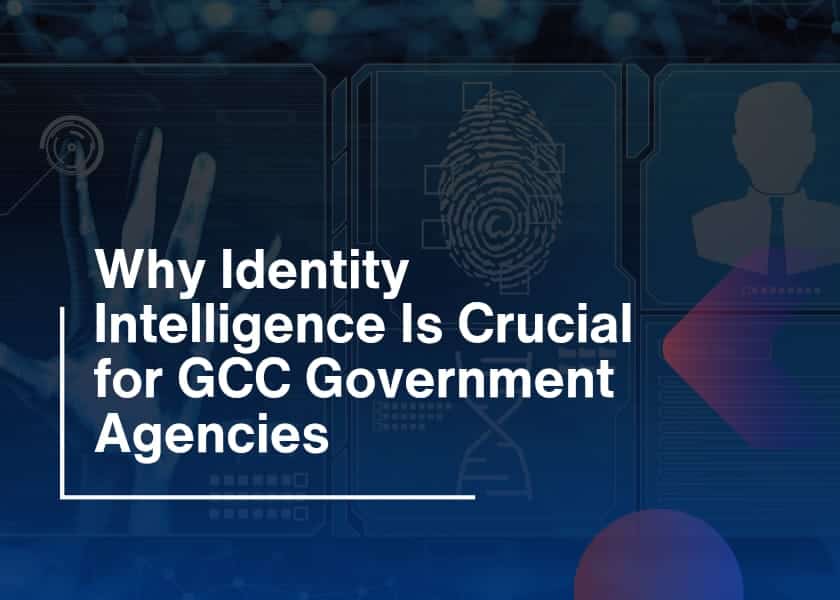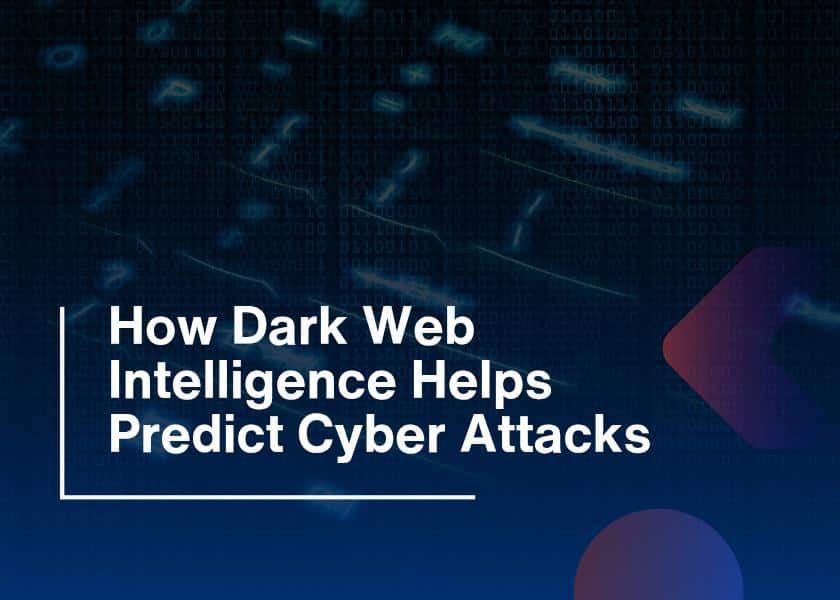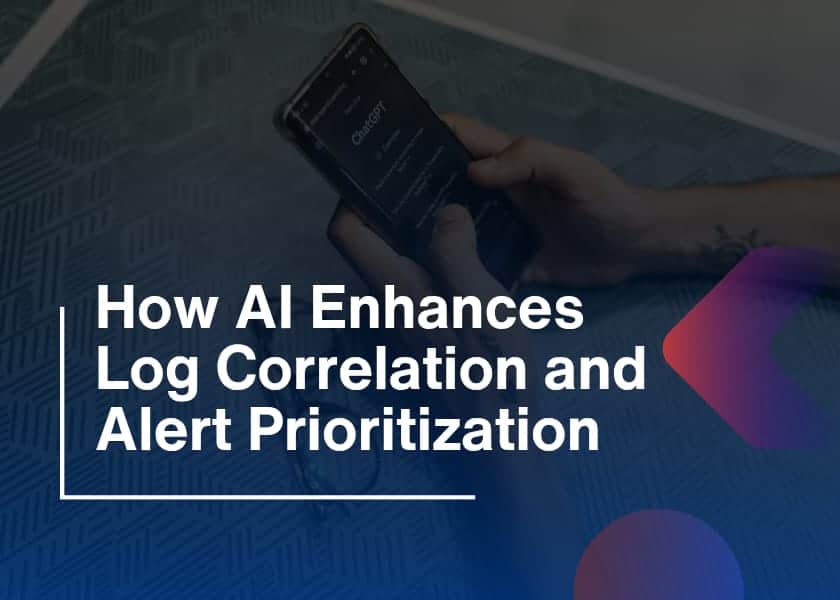As regulations continue to tighten, companies are now required to meet growing cybersecurity standards. However, it’s now a fundamental requirement to address cybersecurity compliance from GDPR in Europe to HIPAA in the Saudi Arabia. Yet, organizations that process payments and personal data need to follow the rules. But it raises the question. How can they keep data secure without falling foul of the rules? Historically compliance has been achieved through static measures and tools that are obliviously inadequate to handle new threats. So this is where Darktrace compliance solutions come in.
Darktrace’s NDR solution is an AI-driven, threat-focused solution capable of detecting threats and helping organizations meet compliance. So this time, I’ll explain how Darktrace can easily be a game-changer in assisting you in meeting your compliance needs.
Importance of Darktrace Compliance in Cybersecurity
No,w let’s try to understand that compliance is not something new or just about avoiding rules. It is about protecting your organization, your customers, and your reputation. Regulatory frameworks like GDPR, HIPAA, PCI DSS, and others set strict requirements for data protection, privacy, and security. Therefore, Non-compliance entails severe penalties, legal risks, and deterioration of business reputation.
1. What is Compliance in Cybersecurity?
Compliance means that organizations and individuals follow guidelines set by regulatory authorities and follow guidelines that will protect sensitive information. So that no one will attempt to breach the security of organizations’ networks.
Key Areas of Cybersecurity Compliance Include:
- Data encryption: Making certain data is protected when stored and especially when transmitted or transmitted between parties.
- Access controls: However, limiting the possibilities of data access depends on the subject’s role.
- Incident response protocols: An enumeration of the guidelines that should be followed when a data breach or cyberattack has happened.
- Monitoring and auditing: The core responsibilities include monitoring network activities and ensuring the activity logs are safe before inspection
How Darktrace Supports Compliance Efforts
Darktrace uses NDR for compliance to give organizations visibility of the traffic continually so that regulatory standards can be met in real-time. So here’s how Darktrace ensures compliance with various regulations:
1. Ongoing Surveillance and Live Notification
Regulatory bodies require businesses to maintain strict oversight of their network, ensuring that unauthorized access is detected promptly. Regarding this responsibility, Darktrace compliance enhances the work by using AI to analyze network traffic and identify any patterns that the company should not expect.
How Darktrace Helps:
- It designs how many security incidents are likely to occur in a given period to trigger compliance policy violations.
- However, when someone suspiciously tries to make a login attempt, alarms or notifications are raised.
- It assists an organization manage risks and detect threats that pose a business risk and provides auditing of network activity.
2. Automated Reporting and Audit Trails
Another fundamental necessity for regulation is to report and audit the network’s activity. In Darktrace, this mechanism is fully automated as every activity on the network is recorded and these logs are readily available to comprehend.
How Darktrace Helps:
- It checks and reports on security events and incidents for use in audits at a later time.
- Moreover, these reports create avenues through which businesses can justify their compliance with the regulations of industries.
- Darktrace has details of every event, which can be presented both to internal and external auditors.
3. Privacy Protection and Data Security
Most legal systems including the GDPR and HIPAA have very strict measures in so far as the storage of personal details is concerned. So Darktrace also has a machine learning layer, particularly in identifying threats that may alter or corrupt this data.
How Darktrace Helps:
- However, it helps to identify and address any possible risks that may cause loss or theft of information.
- Data security is attained by detecting abnormally, enough access and preventing the unauthorized transfer of data.
4. Assessment of Risk Profile & Compliance
Darktrace’s AI is constantly scanning your network to figure out what in it seems insecure. As this helps them to identify bigots in compliance which if left unaddressed are likely to cause vulnerabilities.
How Darktrace Helps:
- This constant evaluation of risk helps Darktrace identify where your network falls short of meeting the regulatory requirements.
- Moreover, this way security teams will be able to focus on high-risk areas and take immediate corrective action.
- Darktrace heads the call to make compliance a continuous component of business!

How Darktrace Helps Regulatory Frameworks to Meet Their Requirements
1. GDPR (General Data Protection Regulation)
GDPR is one of the most comprehensive data protection regulations, governing the processing of personal information belonging to EU citizens in the global arena. Moreover, Darktrace possesses the capability of real-time detection and auto-response in cases of unauthorized access to the data.
How Darktrace Helps with GDPR Compliance:
- Data Protection: This technology apart from keeping track of devices to prevent, also alerts users of any unauthorized attempts.
- Incident Response: Incident response is automated at Darktrace to confine the possible breach. The company’s response must be immediate and efficient in compliance with GDPR.
2. HIPAA (Health Insurance Portability and Accountability Act)
Patient information is confidential information and the Health Insurance Portability and Accountability Act (HIPAA) requires that healthcare companies secure their details. Therefore, Darktrace compliance helps healthcare facilities protect their patients’ data by identifying suspicious activity.
How Darktrace Helps with HIPAA Compliance:
- Sensitive Data Protection: Some of the Darktrace applications include the prevention of unauthorized access or modification of patient data which is very central to HIPAA compliance.
- Audit and Reporting: As a result, while using Darktrace, detailed logs, and automated reports are provided to any healthcare organization. Thus, providing the necessary evidence during audits.
3. PCI DSS (Payment Card Industry Data Security Standard)
It applies standards to organizations that deal with credit card data. So these businesses also ensure that at any given moment the cardholder data is safe from any breaches through Darktrace solutions.
How Darktrace Helps with PCI DSS Compliance:
- Access Control Monitoring: Darktrace assists in detecting all who besides having authorization get access to sensitive payment data.
- Transaction Monitoring: Security teams can easily identify common payment transaction activities that may prompt suspicion to prevent different risks to the business.
How to Integrate Darktrace into Your Compliance Strategy
Step 1: Identify Compliance Requirements
Familiarize yourself with the specific requirements for the field you operate in and the location where you run your business. Moreover, adjust the security and compliance policies accordingly.
Step 2: Darktrace Goes Live Across Your Network
Connect Darktrace to your network and start observing all executions in real-time if possible.
Step 3: Configure Alerts and Automated Responses
When configuring your Darktrace threshold, you should set an option for the automated alerting in your team of potential compliance violations that require immediate action.
Step 4: Access Darktrace’s Reporting Tools
Generate automated reports to keep track of compliance metrics and provide documentation for audits.
Step 5: Continuous Monitoring and Improvement
Zealously surveillance infrastructures of your organization’s network, and adjust the compliance plan with data offered by Darktrace AI technology of threat identification.
Conclusion
It is challenging to meet regulatory compliance needs. However, if equipped with the appropriate technology solutions, achieving the goal will prove easy. So with Darktrace compliance, you can get a smart Pseudo-Active solution that will enable you to align to compliance standards, safeguard your data, and mitigate security threats. Moreover, only by adopting Darktrace tools to manage compliance can you be confident that your network remains protected, safe, and legal.
In a world where cybersecurity regulations are continuously evolving. Darktrace helps you stay ahead of the curve, ensuring your organization is ready for any compliance challenge.
